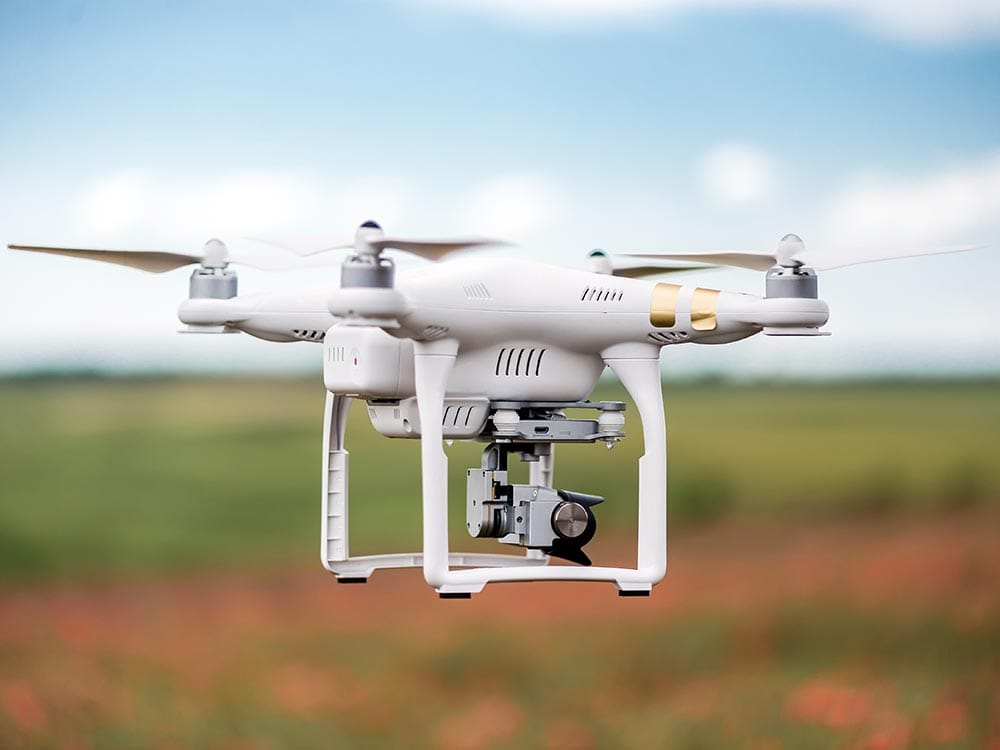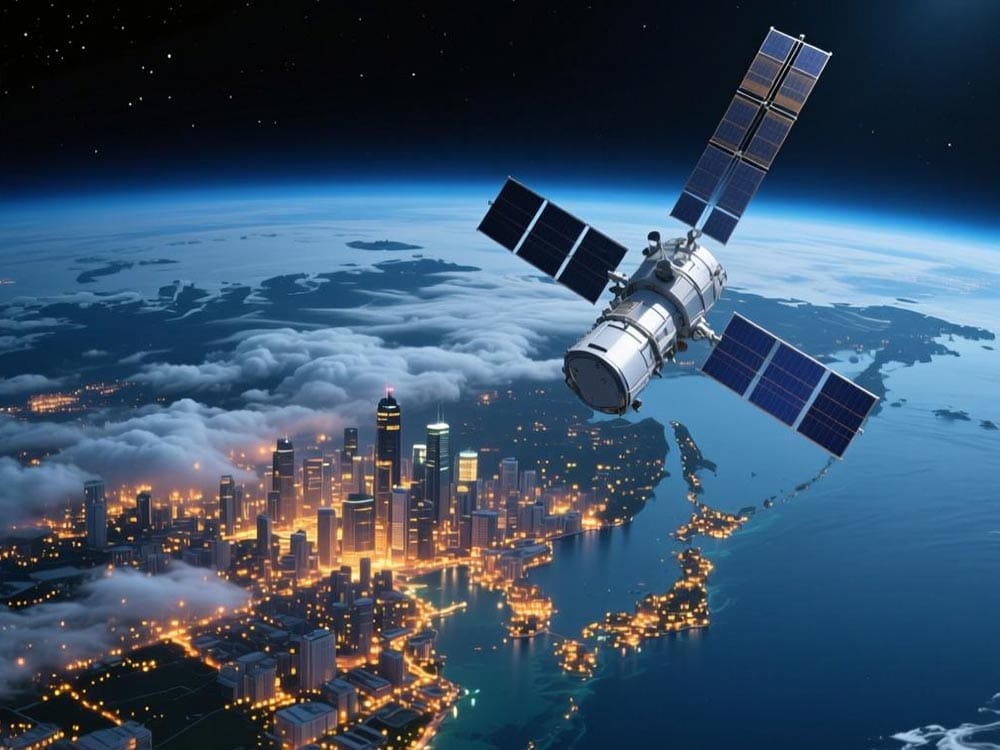Meteorology and public health: Meteorological stations issue Ultraviolet Index (UVI) warnings to guide the public to protect against the sun (e.g. avoid prolonged outdoor activities when UV-B is too strong); monitor the trend of increased ultraviolet radiation caused by the ozone layer hole.
1. Meteorology and public health: Meteorological stations issue Ultraviolet Index (UVI) warnings to guide the public to protect against the sun (e.g. avoid prolonged outdoor activities when UV-B is too strong); monitor the trend of increased ultraviolet radiation caused by the ozone layer hole.
2. Agriculture and Ecology: Assessing the effects of UV-B on crop growth (excessive UV-B inhibits photosynthesis), guiding the selection of UV-resistant crop varieties; monitoring the ecological effects of UV radiation on forests and phytoplankton.
3. Materials and Industry: Testing plastics, coatings, and textiles for UV aging resistance (simulating degradation under long-term UV exposure); optimizing UV formulation design for outdoor products.
4. Scientific research fields: atmospheric science research on the interaction of ultraviolet radiation with ozone and aerosols; medical research on the bactericidal effect of ultraviolet radiation and its impact on human skin and eyes.
5. Environmental monitoring: monitoring the correlation between urban photochemical smog pollution and ultraviolet radiation; evaluating changes in ultraviolet radiation intensity in special regions such as polar regions and plateaus.
Product Parameters:
1. Measurement range: common 0~100 W/㎡ (Adapted to the conventional intensity of ground ultraviolet radiation, the upper limit can be approached on extremely sunny days).
2. Spectral response: accurate coverage in sub-bands——UV-A (315~400nm), UV-B (280~315nm), Partially supports UV-C (200~ 280nm, very little ground) to avoid errors caused by band confusion.
3. Accuracy: ≤ ± 5% (core indicators, calibrated with reference to international UV standards to ensure data credibility).
4. Response time: ≤ 10 seconds (90% response) (quickly capture short-term fluctuations in ultraviolet radiation, adapt to sudden weather scenarios).
5. Temperature coefficient: ≤ ± 0.05%/℃ (reduce the influence of ambient temperature on UV detection elements and improve the stability of high temperature and sunny day measurement).
6. Cosine response: ≤ ± 3% (0~ 80 ° zenith angle) (adapt to the change of solar altitude angle, reduce the measurement deviation caused by oblique incidence).
7. Ultraviolet cut-off filter: effectively blocks visible and infrared light interference to ensure that only ultraviolet band radiation is captured.
Our products deliver superior performance, critical technical support, and reliable product assurance in any environment.
Our MEMS sensors achieve unmatched levels of performance gains in critical areas such as bias instability and angle random walk.
All our product designs go through rigorous testing utilising our ISO17025 accredited laboratory.
We manage every aspect of our product range, ensuring the highest quality on the market. Our highly skilled team provide expert technical support.





